The Fourth Plenary Session (Fourth Plenum) of the 20th Central Committee of the Communist Party of China (CPC) was held from October 20 to 23, 2025, in Beijing, to review, deliberate, adopt policies and implement organisational decisions.
Of the seven plenums that are held over the five-year term of a Party Congress, the Fourth Plenum typically addresses institutional reforms, political-cum-ideological issues and long-term governance priorities. However, this year the focus of the Plenum shifted strongly to the economic issues, primarily due to the delay in holding the Third Plenum.
Incidentally, the past Fourth Plenums historically had decisive themes and outcomes. During Mao’s era in 1958, it was ideological consolidation; in 1979, during Deng’s time, it was political stability; in 1999, Jiang Zemin focused on legal institutional reforms; in 2004, during Hu Jintao’s presidency, it was governance capacity and harmony; and in 2014, Xi Jinping prioritised centralised control and party supremacy.
The timing of the recently concluded Fourth Plenum was crucial, as it was held amidst multiple pressures that China is faced with, especially the slowdown of growth, structural economic problems, demographic headwinds and rising geostrategic competition with the US.
The four-day event set the tone for policymaking over the next five years, calling for ‘further deepening of the reforms across the board’, accompanied by a warning of growing uncertainties. Nonetheless, the party signalled confidence in the nation’s economic resilience and the government’s commitment to make notable progress in pursuit of development and continuation to improve people’s standards.
Key Themes – Strategic Imperatives
The official communique, a 5000-word document released by the Chinese Ministry of External Affairs, offered an insight into the party’s future outlook, underscoring that priorities will last till the end of this decade. It emphasised the determination to double down on technological advancement, security and self-reliance to fend off headwinds. While building on the existing policies, the document signalled the challenges the Central Committee anticipates during the coming five years.
Impact Shorts
More ShortsThe state news agency Xinhua highlighted the essence of the communique: “We must have the courage to face major tests, raging storms, tackle difficulties, risks and challenges with the spirit of historic initiatives, focus on doing own work well to write a new chapter in sustaining China’s economic growth and long social stability”. From the public reporting and commentary, the Plenum emphasised several strategic issues, the main ones being:
A strong push for greater self-reliance, especially in the core technologies in the wake of external pressures. Alongside, it sought to achieve integration of industrial, technological and innovation policy while leveraging domestic technical development as a growth engine.
The Central Committee underscored the need to stabilise the economy with emphasis on domestic demand, consumption and support for small and micro enterprises, while acknowledging the need to contend with profound and complex challenges.
The Plenum also reaffirmed the objective of modernising the national governance system and capacity, besides strengthening the party’s leadership role.
The CPC has set a number of goals, both in the medium and long-term perspectives. One of the long-term objectives is to raise per capita GDP to par with a moderately developed country by 2035. This is aligned to the ‘centenary goal’ of becoming a ‘modern socialist country’ by 2049, the 100th anniversary of the founding of the People’s Republic of China (PRC).
Top on the agenda was to study the proposal and finalise the blueprint of China’s 15th Five-Year Plan (2026-2030) for national economic and social development. The plan underlines China’s goal to emerge as a tech superpower with an emphasis on a high degree of self-reliance. It notably aims to boost consumption in an attempt to lessen dependence on export-driven growth. Xi has placed a personal imprint on the five-year plan, dubbed by the state media as his ‘brainchild’.
Xi Further Consolidates Power
The Plenum fully reaffirmed Xi Jinping’s authority as the ‘core’ of the party’s Central Committee and endorsed his economic model and sweeping military reshuffle. Xi has further reinforced his authority through large-scale expulsions, reshuffles and promotions of senior officials and military leadership.
Interestingly, of the 376 members of the current Central Committee whose term started in 2022, around 16 per cent were missing from the just-concluded meeting, deemed to have been purged. Xi has replaced eight disgraced senior military commanders, including the Vice Chairman of the Central Military Commission (CMC), General He Weidong, who was substituted by General Zhang Shengmin.
Xi Jinping has warned that China is entering a period where “strategic opportunities exist alongside risks and challenges, while uncertainties and unforeseen factors are rising”. These remarks reported by the South China Morning Post reflect Beijing’s growing concerns over the volatile global environment and domestic economy.
In remarks quoted by Xinhua and People’s China Daily, Xi urged senior officials to “seize this critical window of opportunity to consolidate and expand our strengths, break through bottlenecks and constraints, and strengthen weak links, gaining strategic initiative in intense international competition”.
Key Outcomes and Implications
The Fourth Plenum was a significant meeting of the ruling CPC; it acts as a marker for China’s future growth trajectory. The session came at a critical juncture as China’s economy is in transition with global competition intensifying and the party’s domestic legitimacy coming under strain.
The Communist leadership has set out governance and economic goals, projected strategic confidence and sent subtle signals that the era of bold reforms is giving way to an era of controlled innovation and adaptation to the highly disruptive environment. It is evident that the communique conveys the policy of continuity, with technological upgrades topping the agenda.
The PRC’s orientation towards self-reliance and technological sovereignty means Beijing may adopt more aggressive state-led investments and regulations in the strategic sectors. This has implications for international trade, supply chains and tech competition.
For India and other economies, China’s shift is likely to impact global commodity flow, especially trade dynamics with regard to rare earths and high-tech manufacturing. For the observers, the system reforms, personal changes and details of the coming Five-Year Plan will serve as the lens to evaluate China’s new direction and roadmap.
The author is a war veteran and has served as Defence Attaché in China and North Korea. He is currently Professor of Strategic-IR & Management Studies. Views expressed in the above piece are personal and solely those of the author. They do not necessarily reflect Firstpost’s views.


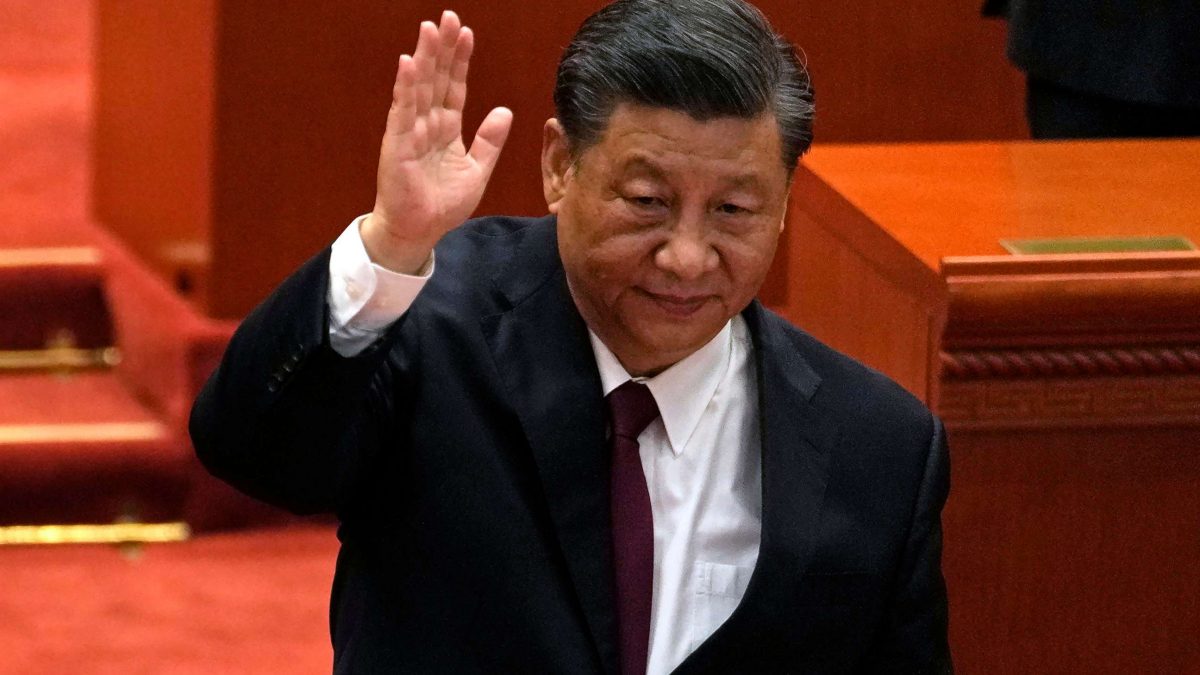)
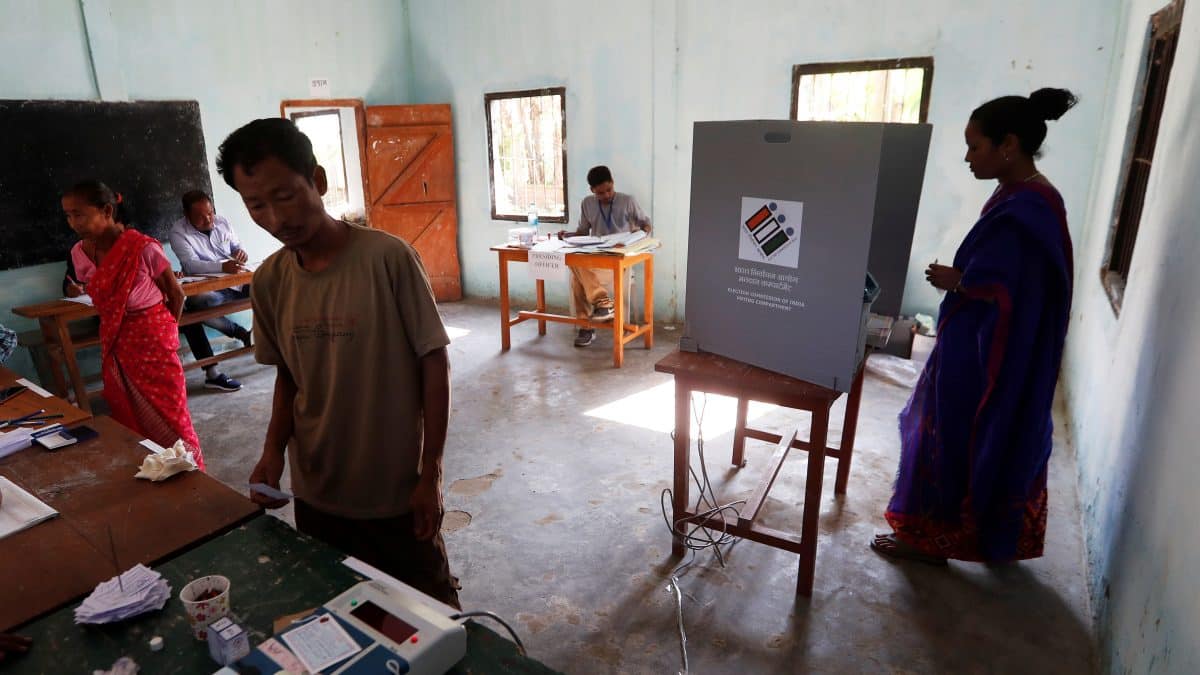
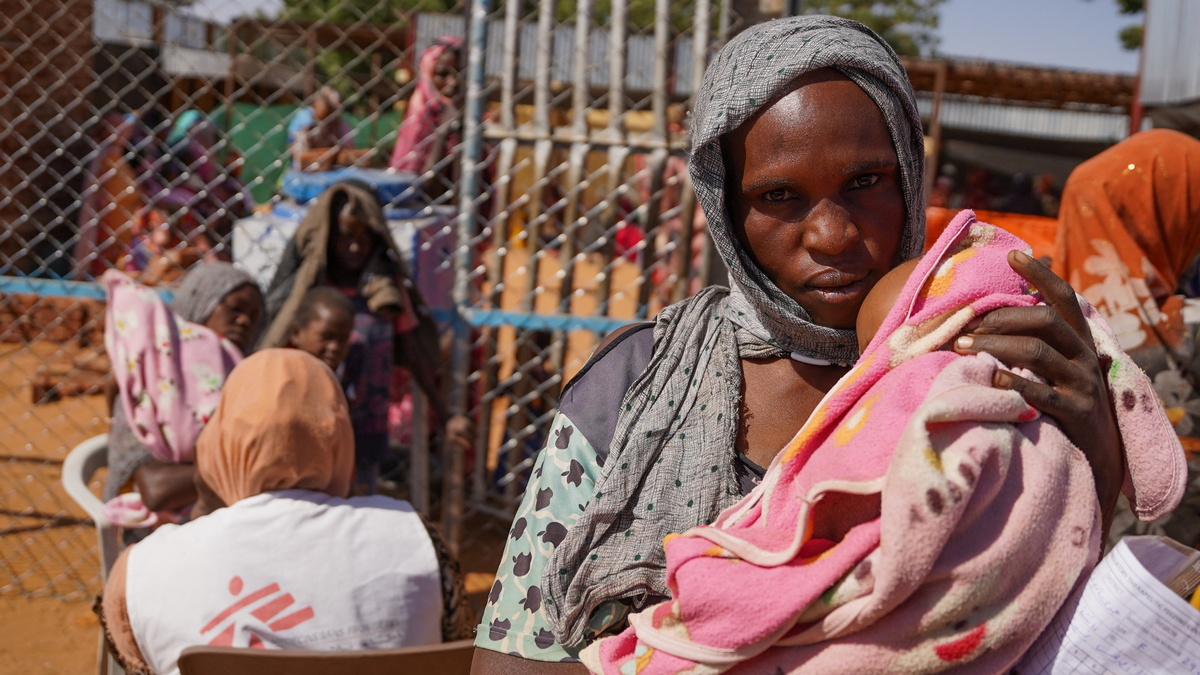)
)
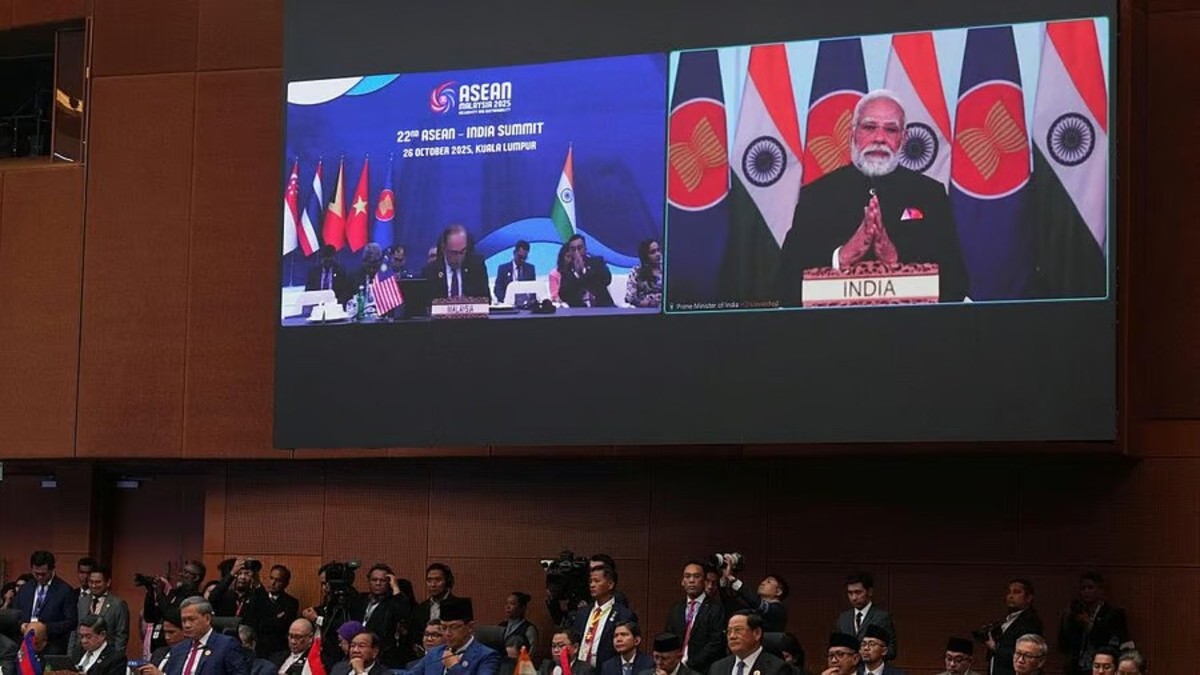)
)
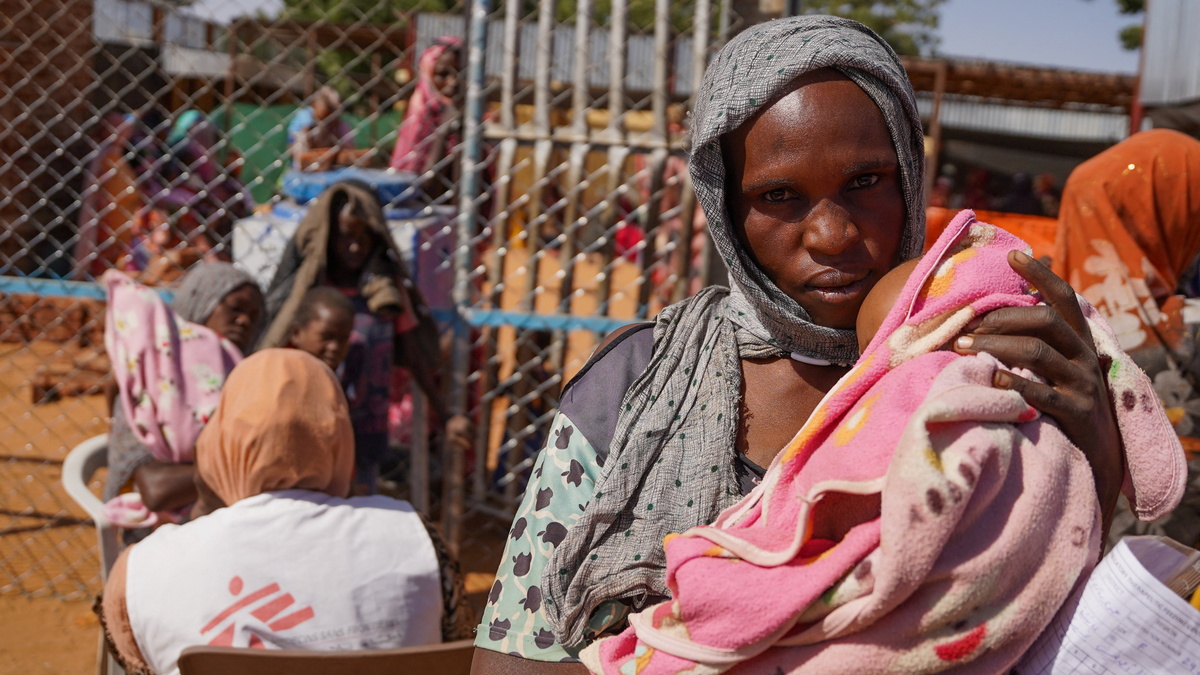)
)
)
)



